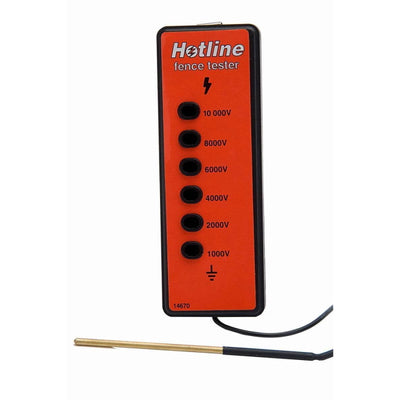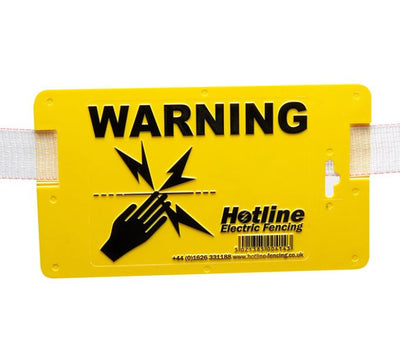You have no items in your shopping cart.
- Electric Netting
- Tape, Twine, Wire And Rope
- Fencing Energisers
- Fencing Posts
- Insulators
- Accessories
- Electric Fencing Kits
- Chicken Feeders and Drinkers
-
Information
- What is Electric Fencing
- Advantages of an Electric Fence
- Installing a Fence
- Is an Electric Fence a serious risk
- How to Erect a Net
- What you Need for a Fence
- Testing an Electric Fence
- Quantities Guide
- Improve Your Fence
- Poultry Netting Trial
- Electric Netting Dimensions
- Electric Fencing Mistakes
- TLD Max Technology
- Energiser Terminology
- Choosing an Energiser
- Fencing Articles
- Trouble Shooting
- Delivery Terms
- Frequently Asked Questions
- Here's a Blog Worth Reading
Electric Fence Fault finding at its easiest.
- Voltmeter with built-in ammeter that indicates fence voltage, amount of current and current direction.
- The Fence Scout detects the directional flow of current (amps) aiding the operator to detect faults.
- The lights indicate the direction of the fault allowing you to cut down the investigation time.
- No need to get stressed out - simply walk in the direction of the arrow testing as you go to locate the fault.
- Also gives you an accurate voltage on the fence line at the same time.
- N.B. Not effective with netting fences.
- A short in your fence line occurs when the power escapes to the ground. This can be caused by a broken underground cable, broken wire or insulator, a loose connection, or something touching the fence, such as excessive vegetation. The Fault Finder can help you locate the source of a short by measuring the flow of energy from the energiser to the ground.
- Place it on any section of fence wire, moving it laterally to get a good contact. The flashing lights indicate the direction of the fault.
- Follow the lights until they disappear - this indicates that you are in the region of the fault. In multi-wire fences you will need to test each wire in turn, starting at the top. If multiple faults exist it may be easier to isolate sections of fence so you can clear one section at a time.
- Where a fence splits at a junction, take a reading of each line and follow the one where the reading is highest. The same applies if your fence is constructed with up and down links at the beginning of each section.
- Pay particular attention to gateways and underground cable joints.
Also Purchased
Digital Fence Tester
Accurate and Definitive Electric Fence Tester The only way to test a fence without using your hand - that HURTS Accurate digital readout giving a definite reading Quick aid to...
£23.00
Handy Fence Tester
Convenient Electric Fence Tester Indispensable for daily fence maintenance - used to locate fence faults. Small and very handy to use. Reading range between 2000 and 10000v. Sunken LED's improves...
£23.00
Fence Voltmeter, 10000 Volt.
Economy Electric Fence Tester Indispensable for daily fence maintenance - used to locate fence faults. Reading range between 2000 and 10000v - unlike the majority on the market that only...
£16.00
International Warning Signs
International Electric Fencing Warning Signs Keep on the right side of the Law with these Internationally recognised warning signs. By law a warning sign should be displayed on fences adjacent...
£3.20
Flash 2000
The Flash 2000 flashes with each impulse when the input energy in the fence exceeds 3000v. It will cease to flash below that level giving an indication that the fence...
£25.00
Electric Fence Indicator Light.
Electric Fence Indicator. Flashes with each pulse of the fence. High visibility indicator lamp. Perfect for making sure that the fence is operating. Enables you to see from a distance...
£32.00













